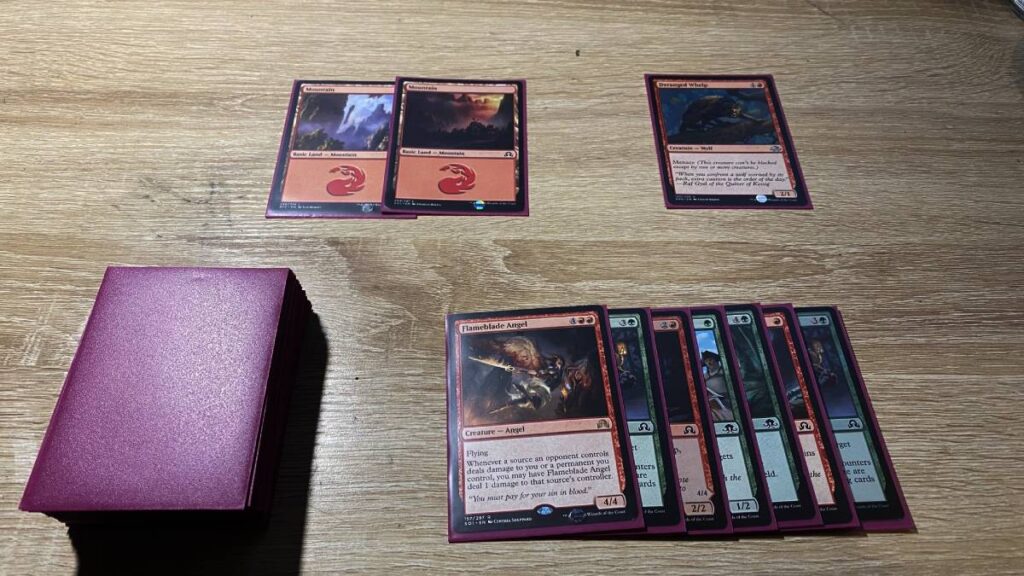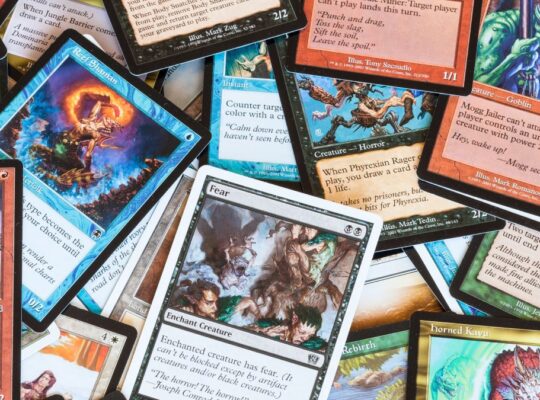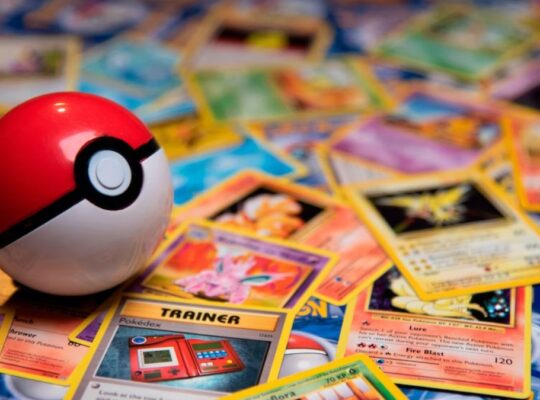Drafting in Magic: The Gathering (MTG) is a delicate balancing act, especially when it comes to the number of lands in your deck. The right number can mean the difference between victory and defeat. Let’s dive into the sweet spot for lands in your draft deck which will help you avoid mana screw and flooding.
You should have 16-18 lands in a draft deck
A standard MTG draft deck consists of 40 cards. In this mix, the ideal number of lands lies between 16 to 18. This range provides a solid foundation for most draft decks. Opting for 17 lands is a common strategy, striking a balance between having enough mana sources and ensuring a diverse selection of spells. We’ve also written up a guide on choosing how many lands go in a 40-card deck specifically.
Factors influencing the exact number include your curve, color requirements, and the overall strategy of your deck. A lower curve, where most spells cost less mana, might allow you to lean towards 16 lands. Conversely, a deck with high-cost spells or a demanding mana base might push you towards 18 lands.
If you have too many, you’ll run out of spell cards in your hand
Incorporating too many lands can lead to what players often refer to as “flooding.” This situation leaves you with an abundance of mana but a shortage of action. Drawing land after land, you might find yourself unable to respond effectively to your opponent’s moves. This is particularly problematic in draft, where the quality of each individual card is crucial.
To avoid flooding, pay attention to your mana curve during the draft. Aim for a good mix of low, mid, and high-cost spells. This way, you increase your chances of drawing a useful spell every turn, maintaining pressure and adaptability throughout the game.
If you don’t have enough, you won’t be able to cast any spells at all

On the other side of the spectrum lies “mana screw.” This occurs when you have too few lands, leading to uncastable spells stuck in your hand. Being mana screwed can be just as devastating as flooding, if not more so. You might find yourself unable to play the game at all, watching helplessly as your opponent develops their board and strategy. It’s a bit like being served a platter of food, but your mouth’s sewn shut.
To mitigate this risk, be cautious not to go below 16 lands unless your deck is exceptionally low-curve and can operate efficiently on minimal mana. Also, consider including mana-fixing elements like dual lands or mana rocks, especially in a multi-color deck, to ensure consistent access to the colors you need.
The right number of lands in your MTG draft deck is crucial for a balanced and effective game strategy. Aim for 16 to 18 lands, adjusting based on your deck’s curve and color requirements. With this in mind, you’ll be well on your way to mastering the art of MTG drafting.
Things to know about mana in MTG
What is Mana Screw in MTG?
Mana Screw occurs in Magic: The Gathering when a player has too few hands to play the spells they’d like to. This is an infuriating occurence, and can be avoided by building decks with balanced amounts of land cards.
What is Flooding in MTG?
Flooding occurs in MTG when a deck has too many land cards, and not enough spells to make use of all the mana. Again, a balanced deck sidesteps these issues.



